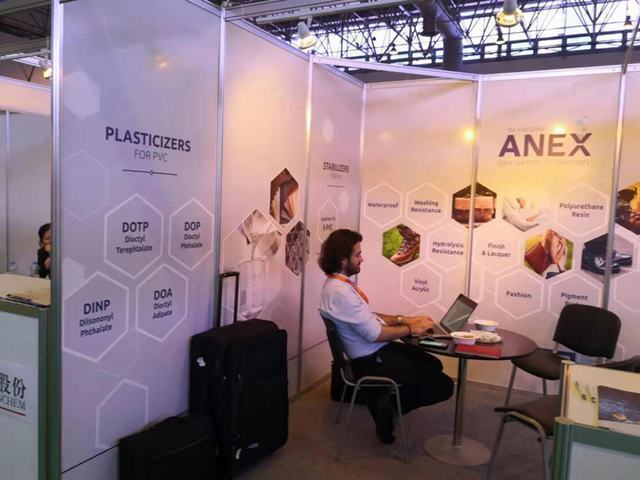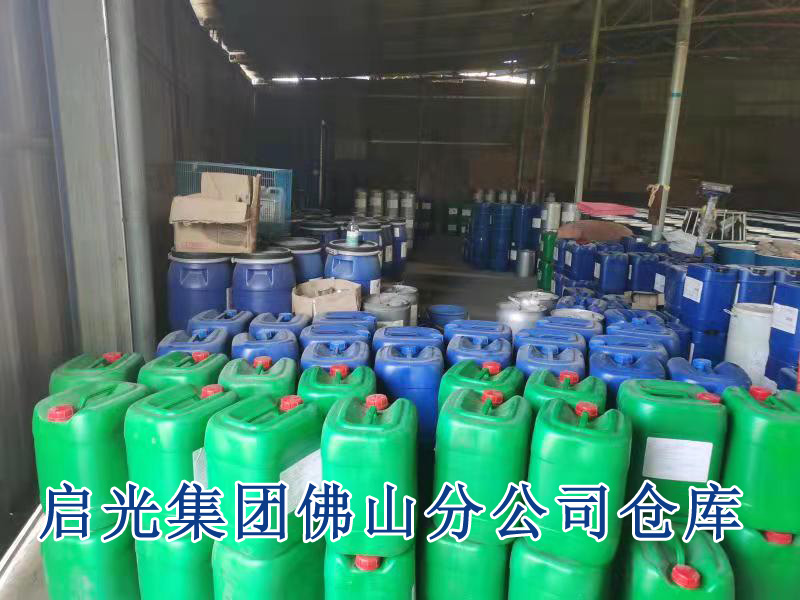A catalyst is a substance that transforms reactants into products through an uninterrupted repetitive cycle of elementary reaction steps, and at the final step of the cycle the catalyst is regenerated to its original state. To put it more simply: “A catalyst is a substance that accelerates a chemical reaction without itself being consumed in the process.” Many types of substances can be used as catalysts, such as metals, metal oxides, organometallic complexes, and enzymes. Catalytic technology has become a central science in regulating the rate and direction of chemical reactions.
The understanding of the nature of catalytic action, first of all, is to study the catalyst active center / active phase, that is, to unlock the so-called “black box” secret; study its size, shape, composition, composition of the interactions between the catalytic performance of the correlation between the catalytic performance, in particular, the use of a variety of modern physicochemical means at the atomic and molecular level in real time, real-space access to basic information to be studied. The basic information is studied.

In 1925, H.S. Taylor proposed the concept of active center, which implies that the catalytic “site” is not the entire surface of the catalyst, but some specific “parts” of the catalyst, i.e., the active center/active phase.
Temperature Programmed Desorption (TPD), is a method in which a catalyst with certain gas molecules adsorbed in advance is heated under a programmed heating process, and the molecules adsorbed on the surface of the catalyst are desorbed by means of a stable flow rate of a gas (usually an inert gas, e.g., He) at a certain temperature, and the rate of desorption increases with the increase of the temperature, after a high value. As the temperature increases, the desorption speed increases, and the desorption is completed after a high value. The concentration of the desorbed gas can be detected with a thermal conductivity detector to determine the temperature dependence of the gas and obtain a TPD curve. The alkaline gas desorbed is absorbed by acid, and the amount of acid consumed can be determined by titration to obtain the total amount of acid in the catalyst. The titration step can also be completed automatically by the chemisorption instrument to obtain the accurate desorption amount directly.
TPR (Temperature-ProgrammedReduction) is developed on the basis of TPD. It can provide information on the interaction of metal oxides with each other or between metal oxides and carriers during the reduction process of loaded metal catalysts. The method and principle are as follows: A pure metal oxide has a specific reduction temperature, which can be used to characterize the properties of the oxide. If another oxide is introduced in the oxide, the two oxides are mixed together. If each oxide keeps its own reduction temperature constant during the TPR process, they do not interact with each other.

Conversely, if the two oxides interact in a solid-phase reaction and the nature of the oxides changes, the original reduction temperature is changed. This change can be recorded using the TPR technique. So TPR is an effective method to study the interaction between metal oxides and metal oxides and between metal oxides and carriers in loaded catalysts.
In hydrocarbon reactions, hydrocarbons are reduced to carbon monomers deposited on the surface of the catalyst, and this deposited carbon monomers are called carbon deposits. Due to the carbon buildup, the catalyst activity decays. Therefore, it is important to study the kinetics and reaction mechanism of carbon accumulation to reduce the occurrence of carbon accumulation and extend the catalyst life. For the study of the carbon accumulation mechanism on single crystal surfaces, relevant models have been proposed. However, for commonly used catalysts, the relationship between metal surface structure and carbon accumulation is more complicated due to the role of carriers.TPO (Temperature Programmed0xidization) is a more sensitive method to study the carbon accumulation of catalysts and correlate it with the reaction performance.

Acidic sites on solid surfaces can generally be regarded as active sites on the surface of oxide catalysts. In many catalytic reactions such as catalytic cracking, isomerization, polymerization, etc. hydrocarbon molecules interact with the surface acidic sites to form n-carbon ions, which are intermediate species of the reaction. The theory of positive carbon ions can successfully explain the reactions of hydrocarbons on acidic surfaces and also provides a strong proof for the existence of acidic sites.
In order to characterize solid acid catalysts, the type (Lewis acid, Bronsted acid), strength and amount of acid on the surface acidic sites need to be determined. There are many methods to determine the surface acidity, such as alkali titration, alkaline gas adsorption, thermal difference method, etc., but none of these methods can distinguish between L and B acid sites.AMI-300IR in situ infrared & programmed elevated temperature chemisorbentiometry was used to study the surface acidity of solid catalysts, which can effectively distinguish between L and B acids.In this method, alkaline adsorbent such as ammonia, pyridine, trimethylamine, and n-butylamine are commonly used to characterize the acidic sites, of which the more widely used are pyridine and ammonia.

